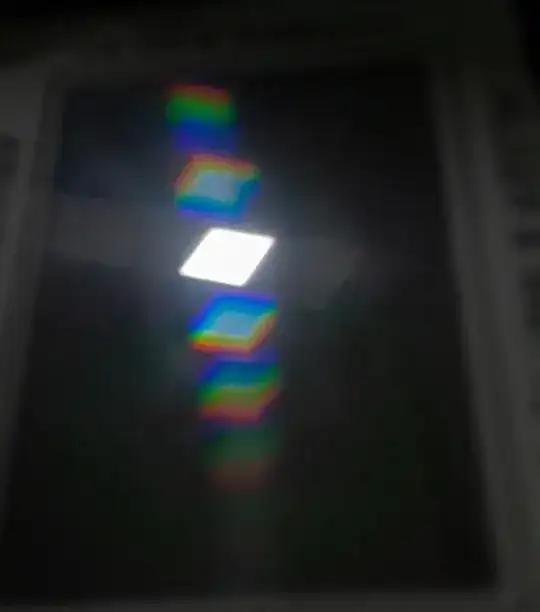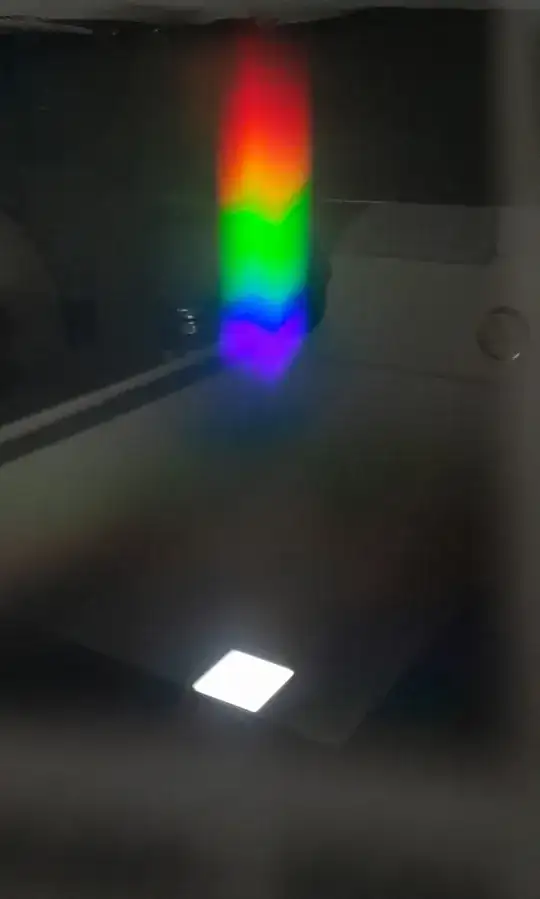We had an experiment in our physics lab where we used two grating materials one with 2500 lpi(say A) and the other with 15000lpi(say B).
Now when we shine white light on both of them we didn't get any spectrum in the transmitted light from A but we did get the pattern from B and my instructor told me that it had to do with the fact that the spatial coherence of the white light is smaller than the grooves distances for grating A (hence no diffraction in the transmitted light) while it is bigger than the distances in B.
But when I saw the light being reflected from both the gratings I could see spectrum in both of them !! Shouldn't the coherence condition be applicable here as well implying no pattern for the grating with 2500lpi ?
Can someone explain why I was able to see the spectrum in the reflected light but not with the transmitted one from grating A ?
Here's a picture of reflected pattern from both the gratings :-
One with 2500lpi :-

